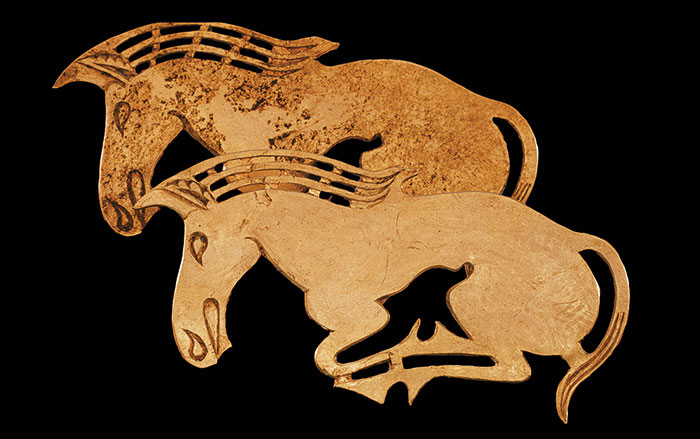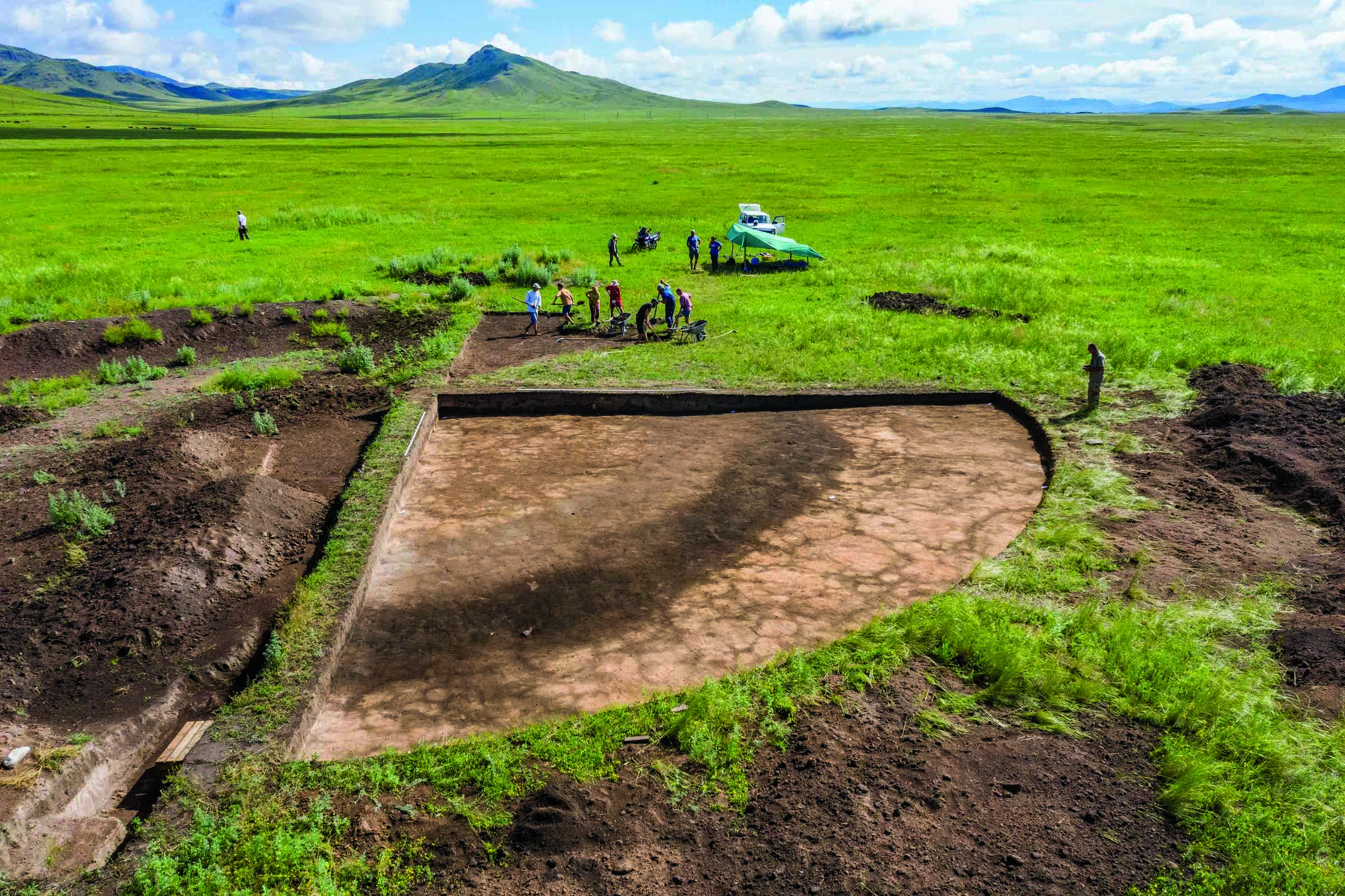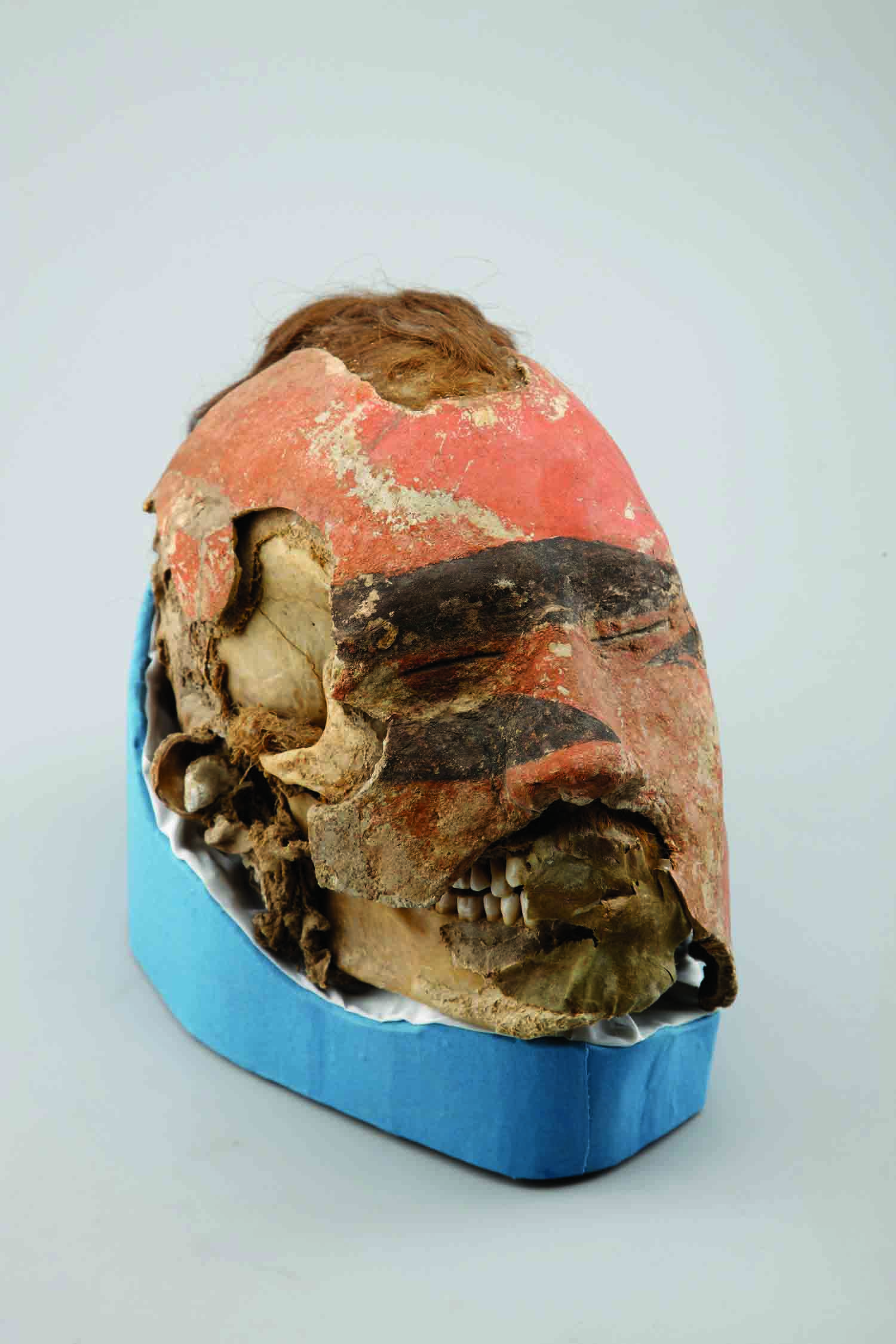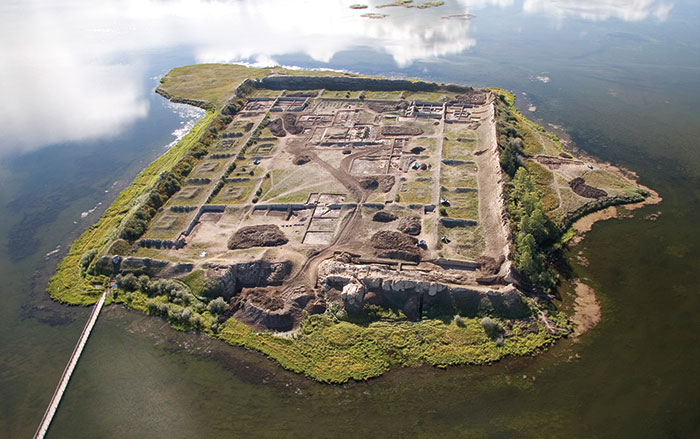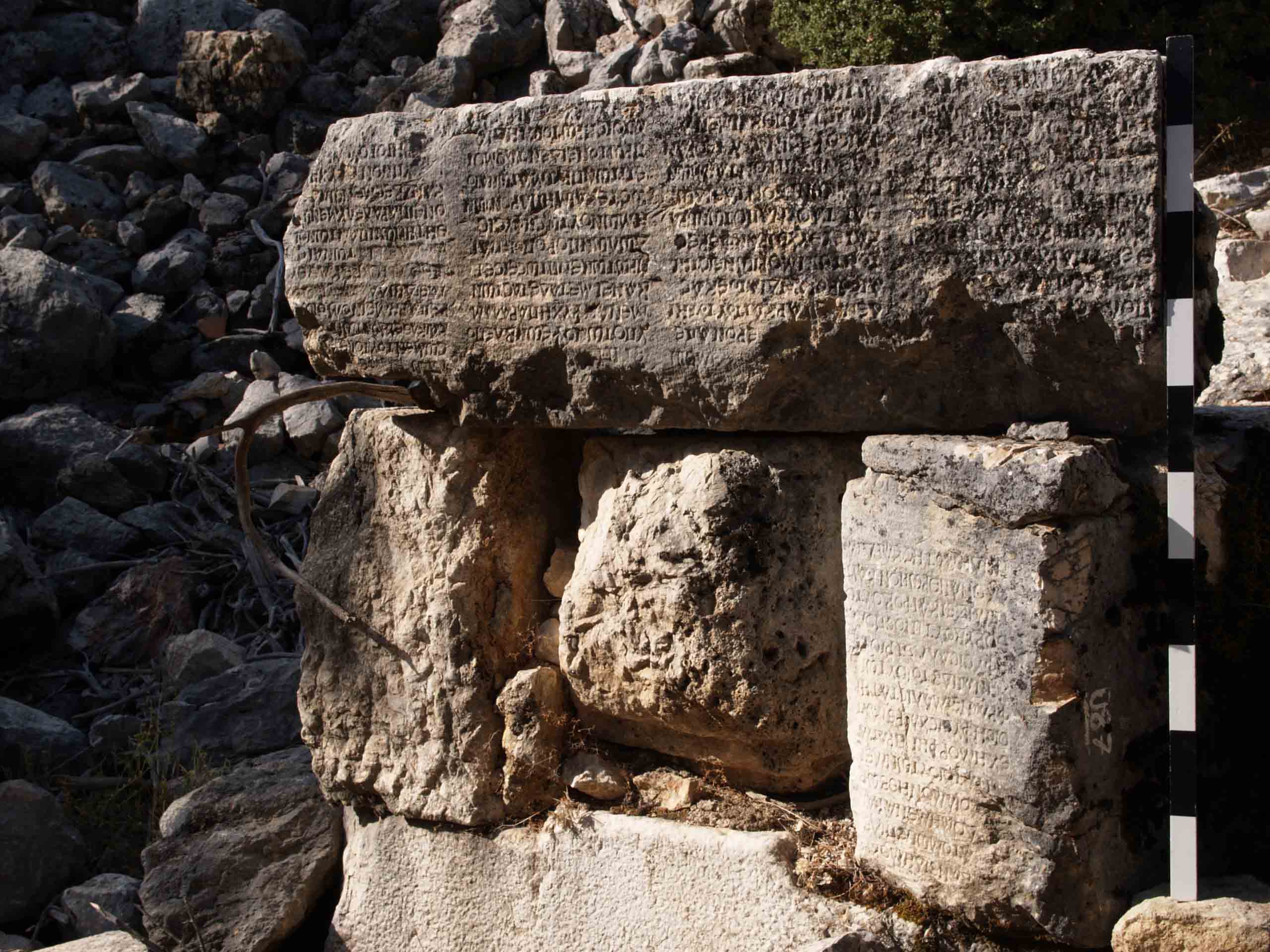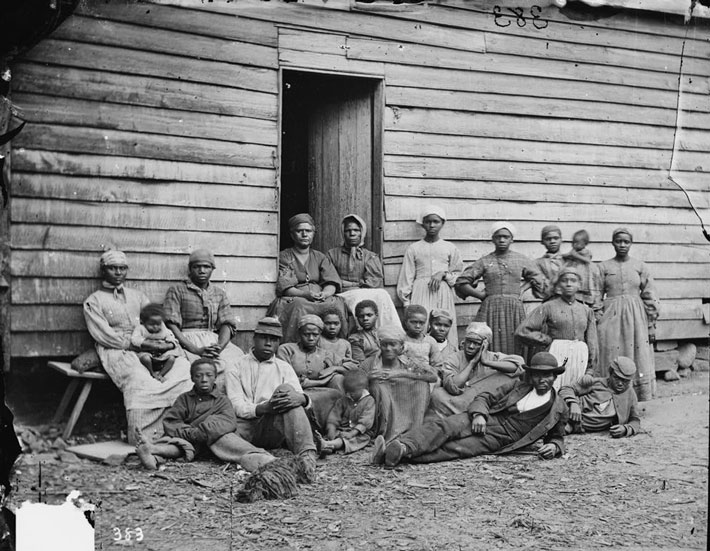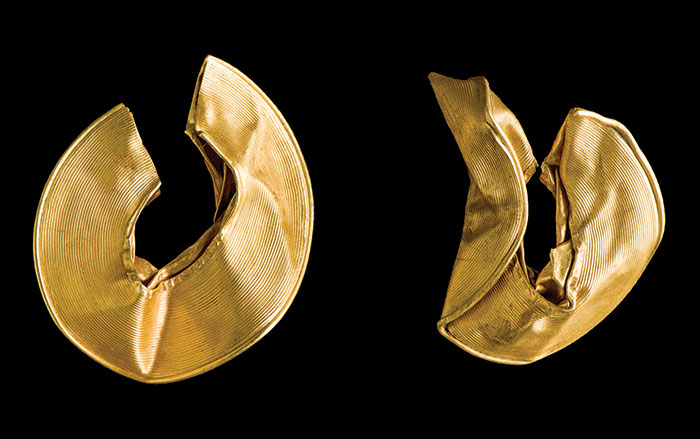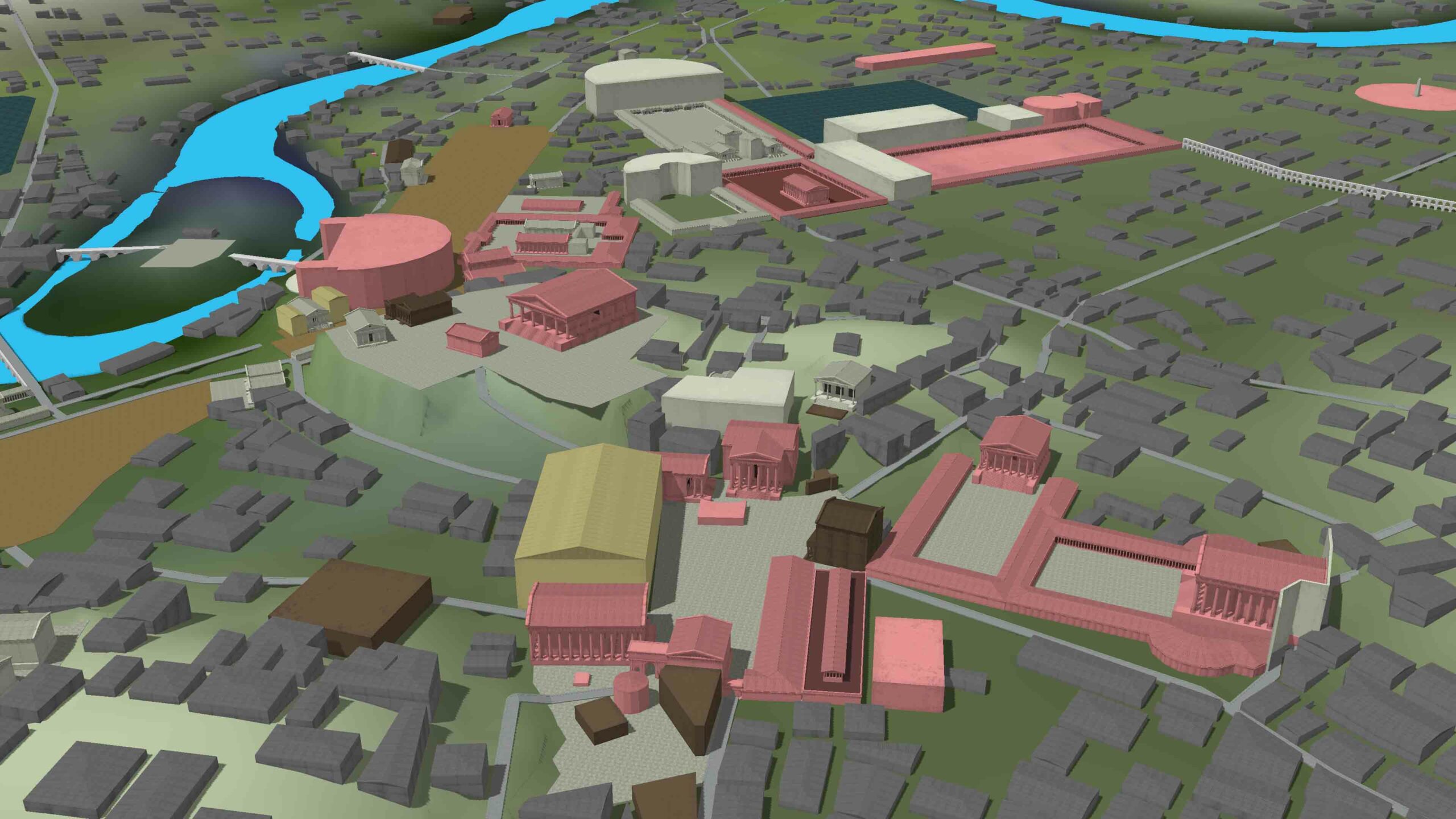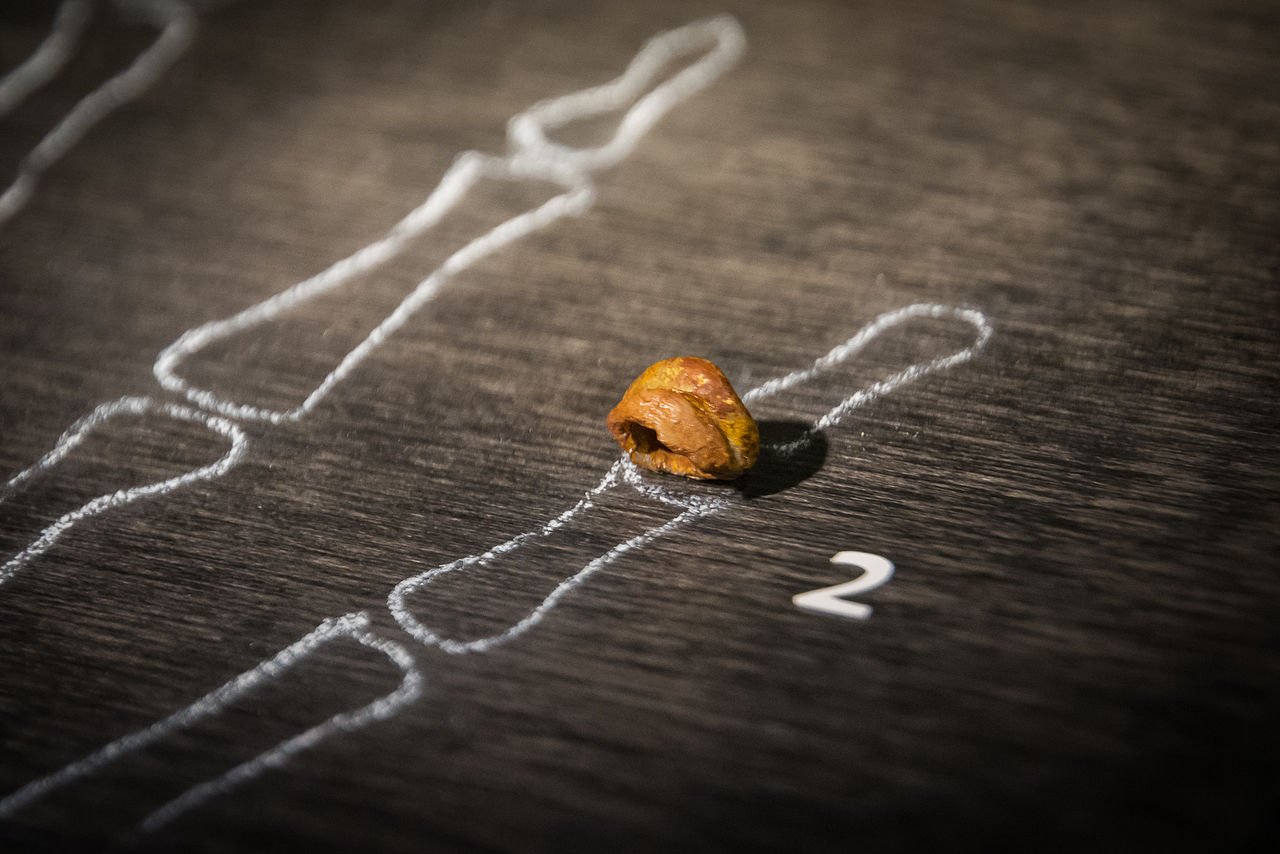
LONDON, ENGLAND—Science reports from the meeting of the European Society for the Study of Human Evolution that new dates have been obtained for Siberia’s Denisova Cave, where a tiny finger bone representing a girl from a new human species was discovered. At the time, the dates obtained from animal bones and artifacts from the cave ranged between 30,000 and 50,000 years ago. Geochronologist Tom Higham of the University of Oxford has re-dated the sequence using 20 samples of cut-marked bones and ornaments from the cave. Oxford archaeologist Katerina Douka reported that the finger bone was likely older than 48,000 to 50,000 years, the limit of radiocarbon dating. Nuclear and mitchondrial DNA from several Denisovan molars have also been analyzed by Viviane Slon and her colleagues at the Max Planck Institute for Evolutionary Anthropology. The nuclear DNA showed that the inhabitants of the cave were not closely related. Mutations in the mitochondrial DNA were used to estimate when the individuals lived. The oldest Denisovan died in the cave at least 110,000 years ago, and the girl whose pinky finger bone was discovered lived some 65,000 years later. “You can seriously see it’s a valid species,” commented Fred Spoor of University College London. For more, go to "Denisovan DNA."


